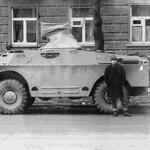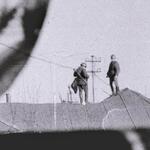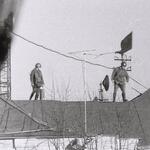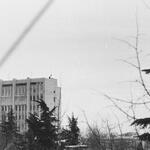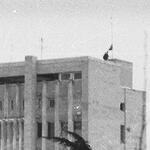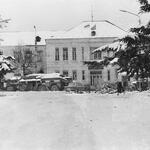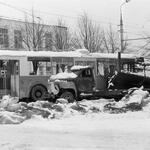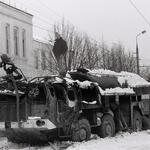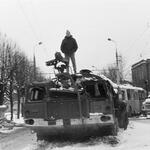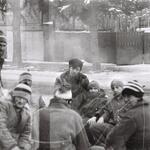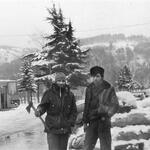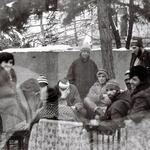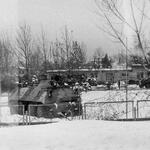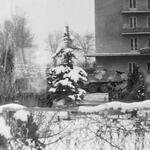If you shoot into the past with a pistol, the future will shoot from a cannon. This saying reflects the importance of historical memory. In the year of the century of the genocide bit by bit it is necessary to collect the truth about those events - most of the materials are destroyed. And what can we say about the events of a century ago, if attempts to falsify the events from 1989 to 2008 are already beginning. It was no accident that the archives were burning, very selectively. All the more precious is any evidence of historical events.
A resident of South Ossetia, Alexander Zasseev, turned to IA “Res”. He is the author of snapshots of the events of 1989-1992, which had never before been published anywhere. One of the shots, for example, the liberated Tskhinval, the other captures the moment when the Georgian flag is removed from the government building. There are pictures of the defenders of Tskhinval who staged a picket near the bridge. The photographer also made a shot a couple of days before the invasion of Georgian forces. Zasseev described each photograph, time, place and actions that then took place.
“In these photographs the Georgians are already in the city, but the Soviet troops took control of the post office on Stalin Street. It was decided to install the Soviet flag on the roof and the defenders of Tskhinval did not fire at this building. In the house across the road from which these shots are made, Georgians were firmly entrenched in numbers of 300 people. There were at least three snipers in the attic. At the first entrance there was a position of the Georgian armored personnel carrier, which fired at night, covering the movement of ЕРУ Georgian informals, and evacuated the wounded,” Zasseev describes the shots.
According to him, he had long wanted to publish the archived photographs, but it didn’t work out, so the circumstances were.
“I have long wanted to publish these pictures, but my hands did not reach. When the situation calmed down a bit in Tskhinval, I went to Moscow. I began to study, work and there was no time. But I did not forget about the pictures, I always wanted to develop and show them,” said the photographer.
Zasseev provided to IA "Res" 18 rare historical frames. The photographer has noted that if any exhibition dedicated to the genocide of the Ossetian people takes place in Tskhinval, he will present the photos there. Zasseev began taking photographs at the age of 10. He was taking photos in 1988-1992, in the August 2008 war.
